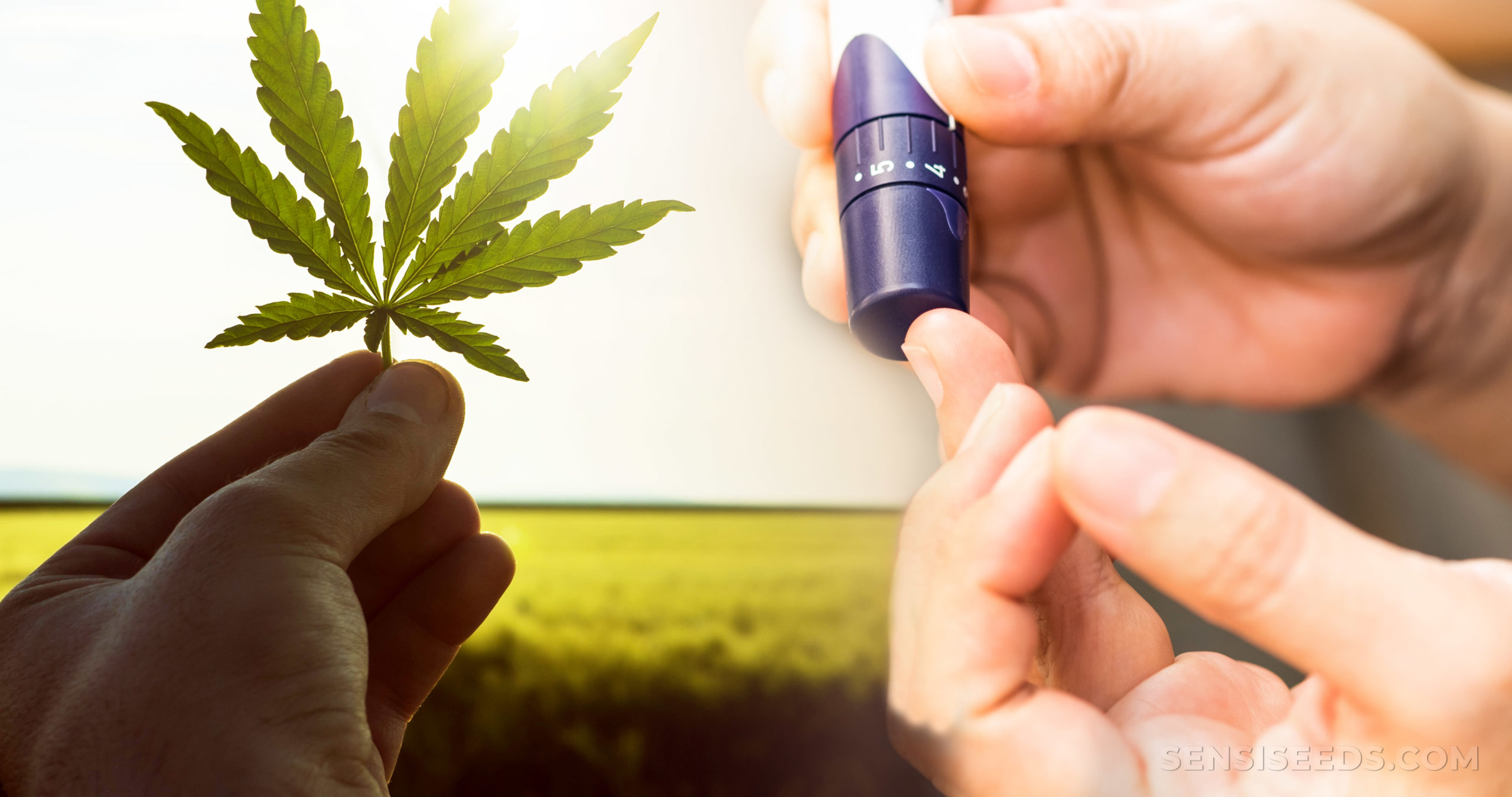
Concentrated cannabis extracts are concentrated forms THC/CBD. These products are stronger than high-grade marijuana because they contain as much THC as possible. High-grade marijuana contains only about 20 percent THC. This article will discuss the differences between these products as well as the cannabis plants they are derived from. We'll also cover the differences between CO2 oil and concentrates.
Rosin!
A common question about live rosin is what separates it from resin. Resin is made by combining chemical solvents with fresh plant material. Rosin, on the other hand, is made without solvents by heating and applying pressure to the plant material. Live rosin should contain between 75-85 percent cannabinoids and 4 to 15 percent terpenes. There are also subtle differences in the concentrations of both rosin concentrates.

Distillate
Cannabis distillates are a highly purified form of cannabis oil. This process removes any impurities such as terpenes. These are what give cannabis varieties their unique aroma and flavor. Although distillates aren’t appealing to the senses, they can be used to treat medical cannabis patients. Distillers have the option to add terpenes back at the end of distillation, which can reduce overall potency and increase flavor and aroma.
Taffy
One of the most potent forms of cannabis is taffy, a form of solventless cannabis concentrate that resembles a soft, golden candy. Taffy contains a high level of THC, and is highly prized for the terpene rich flavor and potency. The manufacturing process of taffy concentrates makes them less sticky, stable, and easy to handle. You can make them with different cannabinoid contents.
CO2 oil
Supercritical carbon dioxide, which is a gas at ambient temperature and liquid under high-pressure, extracts CO2 oil from plant matter. These two methods are equally effective in extracting oils from plant material. However, CO2 is preferred because of its lower heat loss and thermal degradation. Steam distillation is the most common method for extracting essential oils. This involves heating water in an oven. Heat breaks open the plant sacs and releases oil. Oil is then moved into a separator.
Butane hash oil
In order to create butane oil concentrates, you first need to extract the cannabis compounds. Next, let the mixture cool so that the butane can evaporate. The end product may resemble candle wax or translucent peanut brittle. While this method gives you a quicker high than other methods of smoking marijuana, many people are still concerned about possible side effects. This is why many marijuana enthusiasts prefer products that contain less butane, or even none at all.

Wax
Wax concentrates are liquids that fall somewhere between shatter and oil. They are easy to use, don't make a lot ash, or produce a runny liquid. There are several ways to use wax concentrates. Let's take a look at just a few of the options. These are the two most widely used types of wax concentrations. Wax concentrates are a great way to get your hands on cannabis. These are great to sprinkle on your nails for a quick hit.
FAQ
Is the CBD market growing?
The answer is yes! And this growth is expected to continue into the future as legalization spreads across North America. Canada has legalized recreational marijuana use in the past year, and several states have passed laws regarding medical marijuana.
This trend will likely continue at least another ten years, as more states adopt legislation allowing medicinal marijuana.
The legalization of marijuana also makes sense from an economic perspective. Legalizing pot can provide many benefits, not only for farmers but also for the general public.
It could be used to reduce crime rates and the availability illegal drugs. It could also generate tax revenue for the government.
As legal weed becomes more popular, many people will choose to reduce their alcohol consumption. This would reduce hangovers and increase health care costs.
For chronic pain patients, marijuana may even improve quality of their lives. Many believe that THC, which is the active ingredient of marijuana, can help relieve muscle spasms and nausea from chemotherapy.
The use of marijuana may be a useful tool in treating mental illness such as anxiety and depression. In fact, some studies suggest that marijuana can even treat schizophrenia.
Even though the CBD industry looks promising, there are still many challenges to be overcome.
Which states are the biggest consumers of CBD?
California, Colorado and Oregon are the top three states. These states have large populations and high incomes with low unemployment. They also have higher concentrations of hemp farms than other states.
California is the leader because its economy is heavily dependent on agriculture. It produces much of the nation's fruits and vegetables. Because cannabis comes from the same plant that hemp, this makes sense.
Oregon and Colorado follow closely behind as both states produce medical marijuana. California does not allow for recreational use.
Other high-ranking states include Washington, New York and Florida.
Is CBD still a viable alternative?
The answer is yes. But not because of its medical benefits but rather due to its ability to help people feel better without getting high.
It is a great alternative to prescription drugs because it doesn't make your feel different.
There is ample evidence to support the claims that cannabis can relieve pain, anxiety, depression, insomnia, among other conditions.
Cannabinoids are also found in cannabis, which interact with brain receptors. This interaction produces feelings of relaxation and well-being.
Cannabidiol (CBD), oil can be used for health purposes. It's therefore important to fully understand its functions and effects.
Statistics
- The use of these products is likely to become even more widespread if the World Health Organization's recommendation that CBD no longer is scheduled in the international drug control conventions is adopted by the United Nations member states [201]. (ncbi.nlm.nih.gov)
- As a substance that was federally illegal before the passage of the 2018 Farm Bill, hemp-derived cannabinoids with no more than 0.3% THC still face a regulatory grey area. (forbes.com)
- CBD seems unlikely to directly influence sleep in healthy humans [115] (and maybe “sleep-promoting” in those with certain comorbid conditions) (ncbi.nlm.nih.gov)
- however, one study also found that these effects were virtually abolished when the original media (a nutrient broth agar) was replaced with one containing 5% blood (increasing the minimum concentration to ~160 μM CBD) [179]. (ncbi.nlm.nih.gov)
- The inhibition of FAAH is predicted to lead to an increase in brain and plasma concentrations of AEA, which acts as a partial agonist at CB1R and CB2R, thereby increasing endocannabinoid tone [92, 110]. (ncbi.nlm.nih.gov)
External Links
How To
What are the major issues facing the CBD industry in general?
The market for CBD is growing at an astonishing rate. There are many hurdles businesses face when trying to enter the CBD market. These include a lack of consumer awareness, high cost of entry, limited access to capital, and regulatory uncertainty.
Many people don't know much about CBD or how it works. This makes it difficult for consumers to make informed decisions on whether or not they want CBD products.
As a result, most CBD companies rely heavily on word-of-mouth marketing. This can be costly as it involves advertising and staffing to promote the brand.
The high production costs are another issue that new entrants to the CBD industry face. High prices are a major problem for CBD products because of the high cost of raw materials. CBD oil can only be made if hemp is grown in the right climate and soil conditions.
For CBD oil to be produced, you need to plant enough hemp. This costs about $1,000 an acre. This means that many small farmers cannot afford the cost of starting.
Access to capital is another challenge for new entrants in the CBD market. Because of the stigma associated with this industry, many people are discouraged from opening a business.
Last but not least, there is regulatory uncertainty regarding the sale and distribution of CBD products. There are currently no guidelines on how CBD products should marketed.
Despite some states having passed laws restricting the sale CBD products, this is not yet a national policy.
Only Nevada and Maine have so far legalized recreational marijuana.
Massachusetts and Michigan are however considering similar measures.
These changes could increase competition among CBD manufacturers.
Many entrepreneurs prefer to work at home over starting a business.